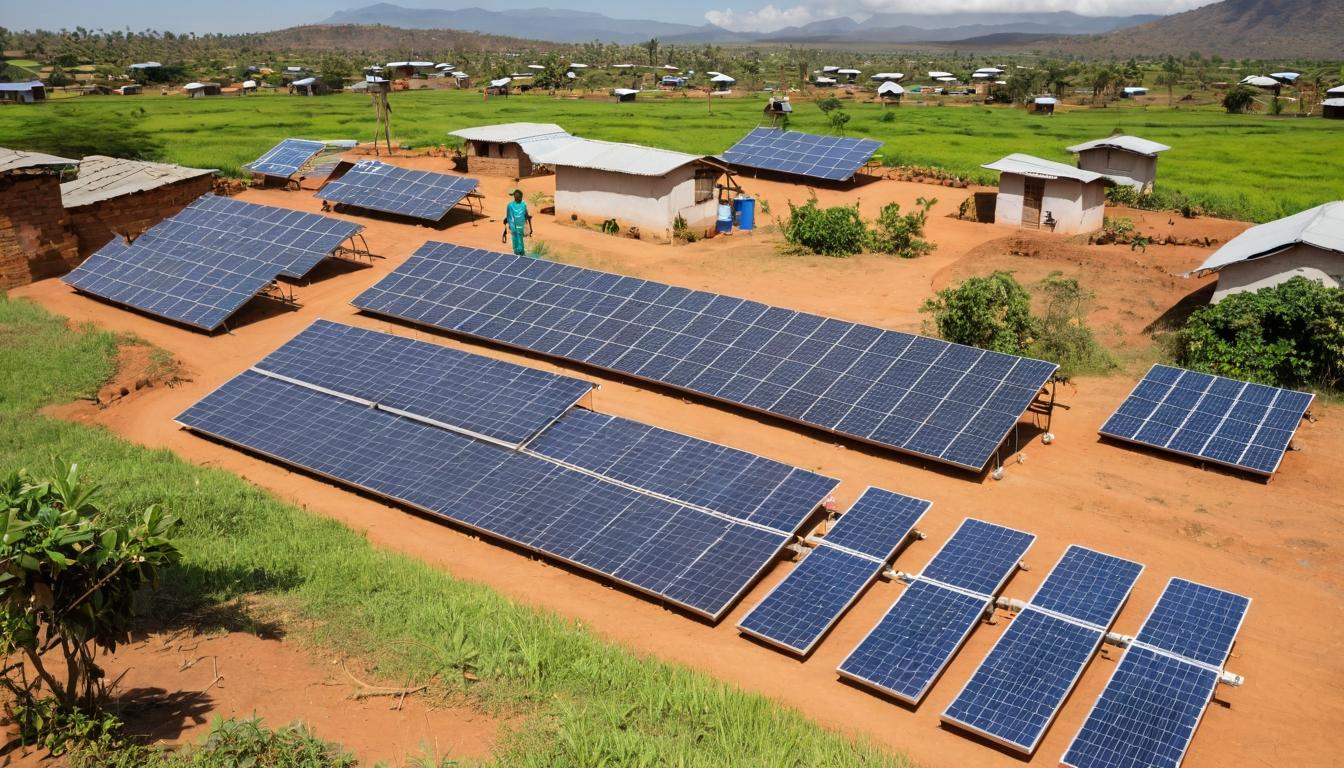In the shadow of massive utility-scale solar farms that dominate headlines, a quieter revolution is unfolding across rural America and developing nations. Solar microgrids—small-scale, localized power systems—are solving energy access problems that traditional infrastructure has failed to address for decades. These nimble networks are proving that sometimes, thinking smaller leads to bigger impacts.
What makes microgrids particularly compelling is their ability to bypass the century-old centralized power model. While major utilities debate transmission line expansions and billion-dollar infrastructure projects, communities from Puerto Rico to rural Nevada are taking matters into their own hands. After Hurricane Maria devastated Puerto Rico's grid, solar microgrids became lifelines for hospitals, community centers, and entire neighborhoods when the main grid failed. The resilience demonstrated in crisis situations has sparked interest in more stable regions as well.
The technology behind these systems has evolved dramatically in recent years. Advanced battery storage, smart inverters, and sophisticated control systems allow microgrids to operate independently or connect to the main grid as needed. This flexibility means communities can generate their own power during sunny days while maintaining backup options for cloudy periods or emergencies. The falling costs of solar panels and batteries have transformed what was once an expensive luxury into an economically viable solution.
Financing models for microgrid projects are becoming increasingly creative. Community solar gardens allow multiple households to share the benefits of a single larger installation, while power purchase agreements enable communities to access solar power without upfront capital investment. In some cases, microgrids are even becoming revenue generators, with excess power sold back to utilities or neighboring communities.
Regulatory hurdles remain significant challenges, however. Outdated utility regulations often fail to accommodate these distributed energy resources, creating bureaucratic obstacles that can stall projects for years. Some states are leading the way with progressive policies that recognize microgrids as valuable grid assets rather than threats to traditional utility business models.
The social impact of reliable electricity access cannot be overstated. Beyond the obvious benefits of lighting and appliance use, microgrids enable economic development that was previously impossible. Small businesses can operate after dark, students can study in the evenings, and medical clinics can refrigerate vaccines and power essential equipment. In many cases, the arrival of reliable electricity sparks a cascade of community improvements.
Environmental justice advocates point to microgrids as potential solutions for communities disproportionately affected by pollution from traditional power plants. By generating clean power locally, these systems reduce reliance on fossil fuel plants often located in or near low-income neighborhoods. The air quality improvements alone can have significant public health benefits.
Looking forward, the integration of electric vehicle charging with microgrids presents exciting possibilities. As EV adoption increases, microgrids could serve as charging hubs while helping manage local grid demand. Some pilot projects are already testing vehicle-to-grid technology that allows EV batteries to supply power back to microgrids during peak demand periods.
The international dimension of this trend reveals even greater potential. In parts of Africa and Asia where grid infrastructure is minimal or nonexistent, solar microgrids are leapfrogging traditional development pathways entirely. Rather than waiting decades for centralized grid expansion, communities are building modern, renewable energy systems from the ground up.
Despite the promise, scaling microgrid solutions requires addressing technical standardization, workforce development, and sustainable business models. The industry needs trained technicians to install and maintain these systems, standardized components to reduce costs, and proven financial models that ensure long-term viability.
The quiet success of solar microgrids suggests a fundamental shift in how we think about energy infrastructure. Instead of building ever-larger centralized systems, the future may involve networks of interconnected local grids that are more resilient, efficient, and responsive to community needs. As climate change intensifies and extreme weather events become more common, this distributed approach to power generation looks less like an alternative and more like a necessity.
The hidden revolution: how solar microgrids are quietly transforming energy access

